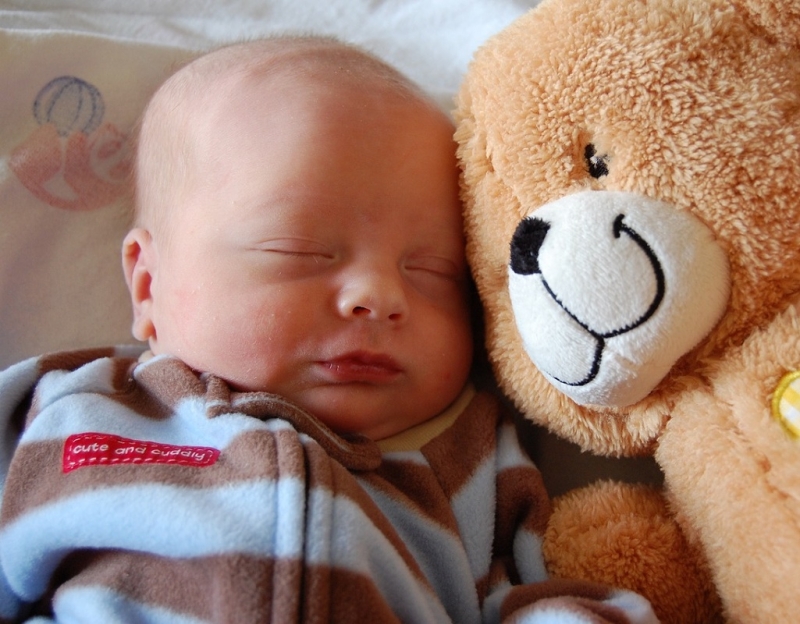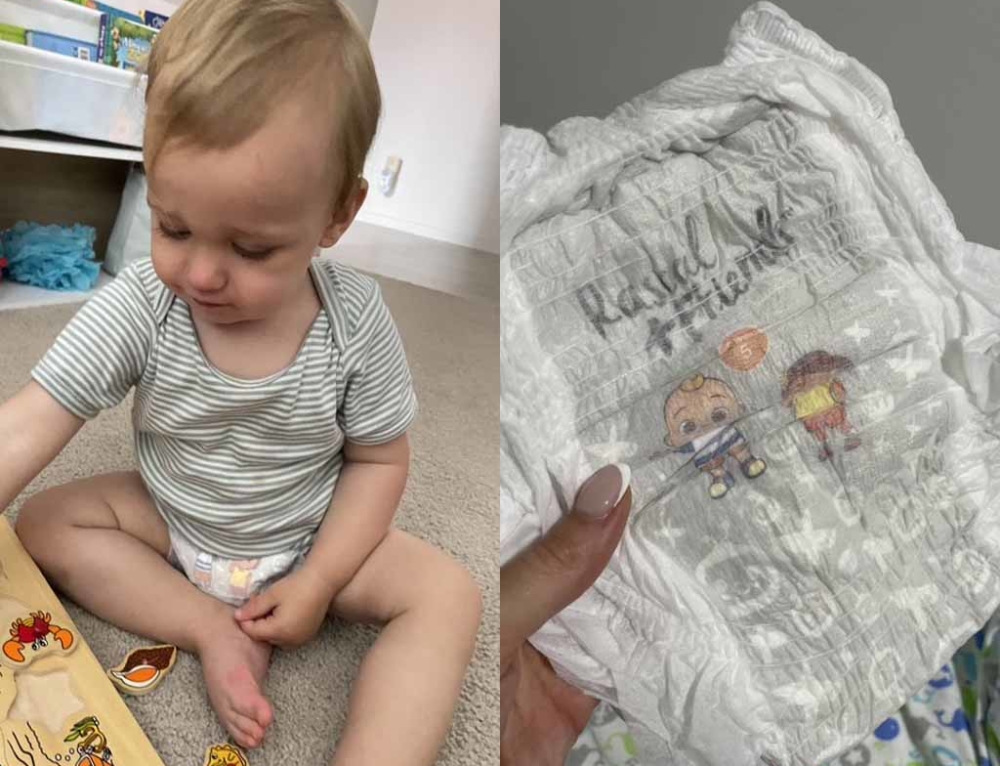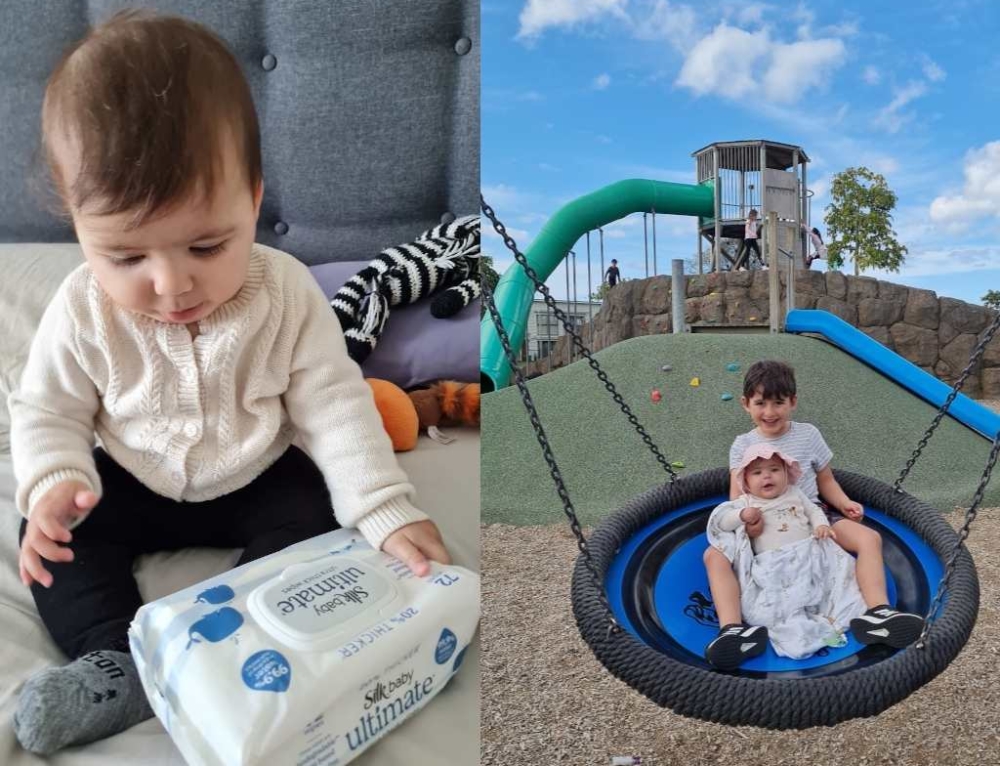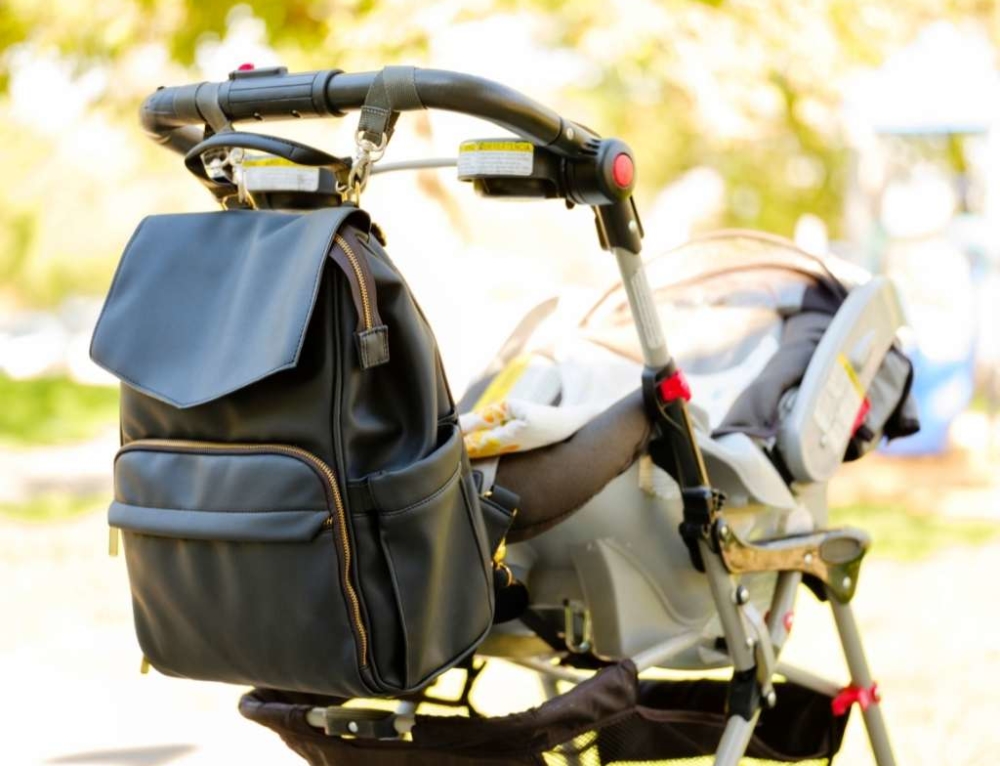In the first few weeks and months, it’s common for babies to wake for feeds at least two or three times during the night – but don’t worry, this won’t last forever! You may be enjoying life with a new baby and getting out for walks and meeting other mums, and your baby may or may not have settled into a daytime pattern. If you’re having difficulties with breastfeeding or mastitis, contact the New Zealand Breastfeeding Association and if you’re having issues with sleeping, crying or feeding, visit an early childhood clinic.
A day in the life…
Many babies sleep 14-20 hours a day in the first weeks. While you might not need a strict sleeping and feeding routine, a general daytime pattern of feeding and settling after a small play, cuddle, talk and touch works for many babies. Watch out for the tired signs – grizzling, grimacing, crying and clenched fists – that signal your baby is sleepy. At this age babies are often relaxed and sleepy after a feed, staying awake for between one and two hours. You might still be spending a lot of time tending to your baby’s needs, as they may be feeding six times or more in a 24-hour period.
Learning night from day
Some young babies tend to be more wakeful in the evening or night rather than during the day. Here’s how to help your baby can start learning the difference between night and day:
- Help your baby get into a daytime pattern by playing, cuddling, going for a walk, or playing on the floor after a feed, and not straight to sleep. These play times will help your baby to learn that daytime is the time to be awake.
- At night-time, feed and settle bub in a quiet, dark place, keeping playing to a minimum, before settling and putting your baby back in their bassinette or cot.
Why wrapping can work
Wrapping can help some babies develop a more settled sleep pattern. You can wrap your infant from any age, and throughout their first year of life. Whether you swaddle or not depends on whether it helps your baby – some babies find it stressful while others find it comforting. Do what works for your baby.
- Older unsettled babies may sleep better if wrapped firmly.
- When babies are wrapped with their hands close to their face they can comfort themselves more easily.
- Wrapping helps to prevent random arm movements, which can disturb a baby’s sleep.
- Babies whose sleep is disturbed by colic or reflux may be more settled when wrapped.
How to wrap safely
- Wrapping, or swaddling, should be firm around your baby’s arms but looser around their legs so they’re able to bend them.
- Use a piece of muslin or a light cotton wrap to swaddle your baby. Bigger, more active, babies may need dedicated cotton swaddling wraps.
- Don’t use bunny rugs and blankets as they can cause overheating.
- Don’t overdress bub under the wrap. A singlet and nappy in warm weather, or a onesie in cooler weather, often works well.







Leave A Comment
You must be logged in to post a comment.